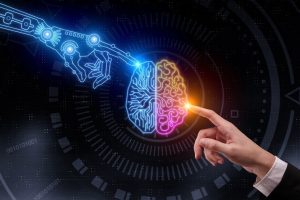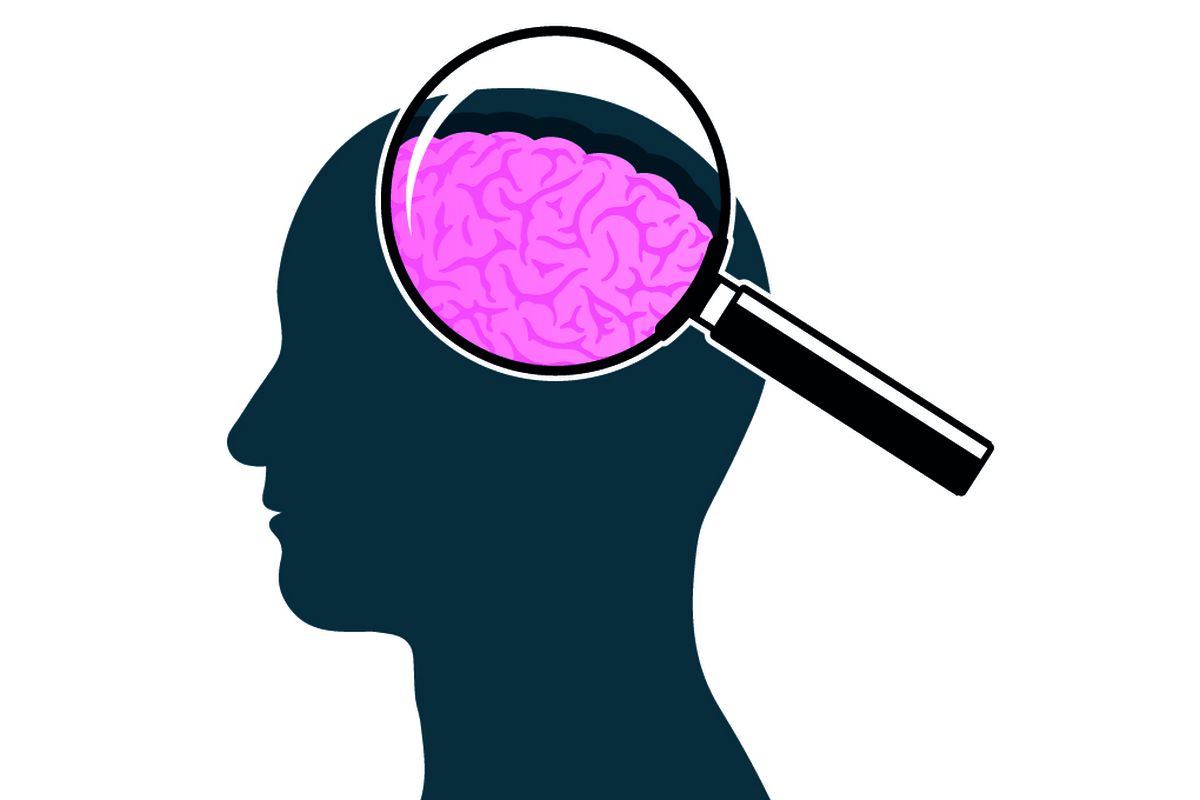The Science of Mind Reading
Researchers are pursuing age-old questions about the nature of thoughts—and learning how to read them.
Mind-reading sounds like science fiction. Psychological concept used to describe the process of understanding what other people are thinking. We may not be aware of it, but we use mind-reading every day when we interact with each other. It helps us to understand another person’s viewpoint or know when someone is saying something that they do not mean, such as being sarcastic or lying.
Mind-reading is different from the psychological process of empathy. It involves understanding other people’s thoughts or knowledge (“Sarah knows where the biscuits are kept”), whereas empathy involves understanding other people’s emotions (“Sarah would feel sad if her biscuits were taken”). Traditionally, scientists have not properly distinguished mind-reading from empathy, so most psychological tests mix up the two concepts.

The Study of Researcher :
For years, Researchers had been studying vegetative patients, and they had developed two controversial hypotheses. First, they believe that someone could lose the ability to move or even blink while still being conscious. Second, they thought that they had devised a method for communicating with such “locked-in” people by detecting their unspoken thoughts.
In a sense, their strategy was simple. Hemoglobin contains iron, and, by tracking the iron, the magnets in fMRI machines can build maps of brain activity. Picking out signs of consciousness amid the swirl seemed nearly impossible. But, through trial and error. Researcher discovered that if a person imagined walking around her house there was a spike of activity in her parahippocampal gyrus—a finger-shaped area buried deep in the temporal lobe. Imagining playing tennis, by contrast, activated the premotor cortex, which sits on a ridge near the skull. In a 2006 study published in the journal Science, the researchers reported that they had asked a locked-in person to think about tennis, and seen, on her brain scan, that she had done so.
Benefits of Mind Reading:
Overall, the development of our short and carefully devised questionnaire will enable quicker. More accurate measurement of mind-reading by clinicians, researchers, businesses and even the general public. It will help to fully understand why humans differ in their mind-reading skills. For example due to genes or environmental factors. As it is suitable for use in large-scale studies involving genetic and brain-imaging data.
It will also be useful to understand and tailor support for people with clinical conditions, such as autism.
Longer term, research on mind-reading could help people to develop technology for non-human agents, such as “social robots”, to predict what we are thinking and assist us in our daily lives. Without more psychological research on how we understand each other as humans, it is unlikely that we will ever develop artificial intelligence that can understand itself or what we are thinking.











